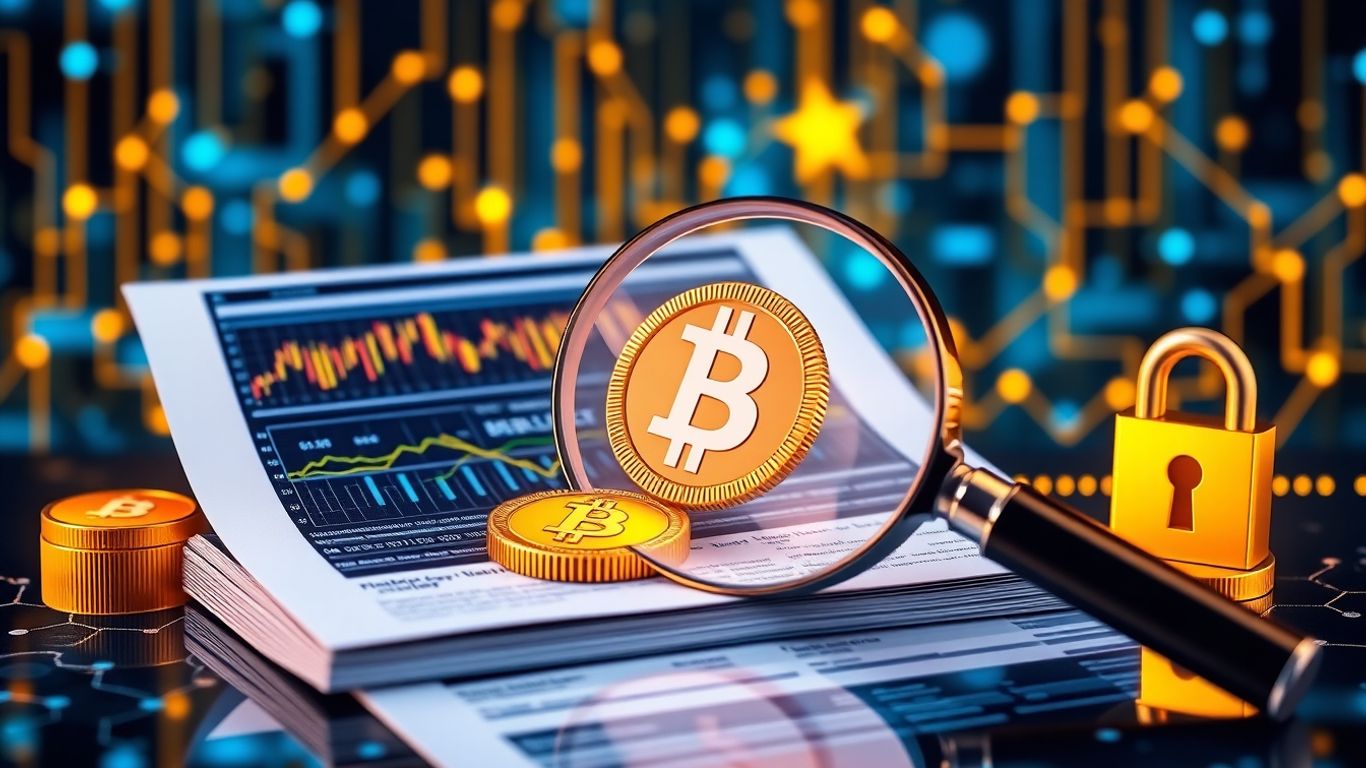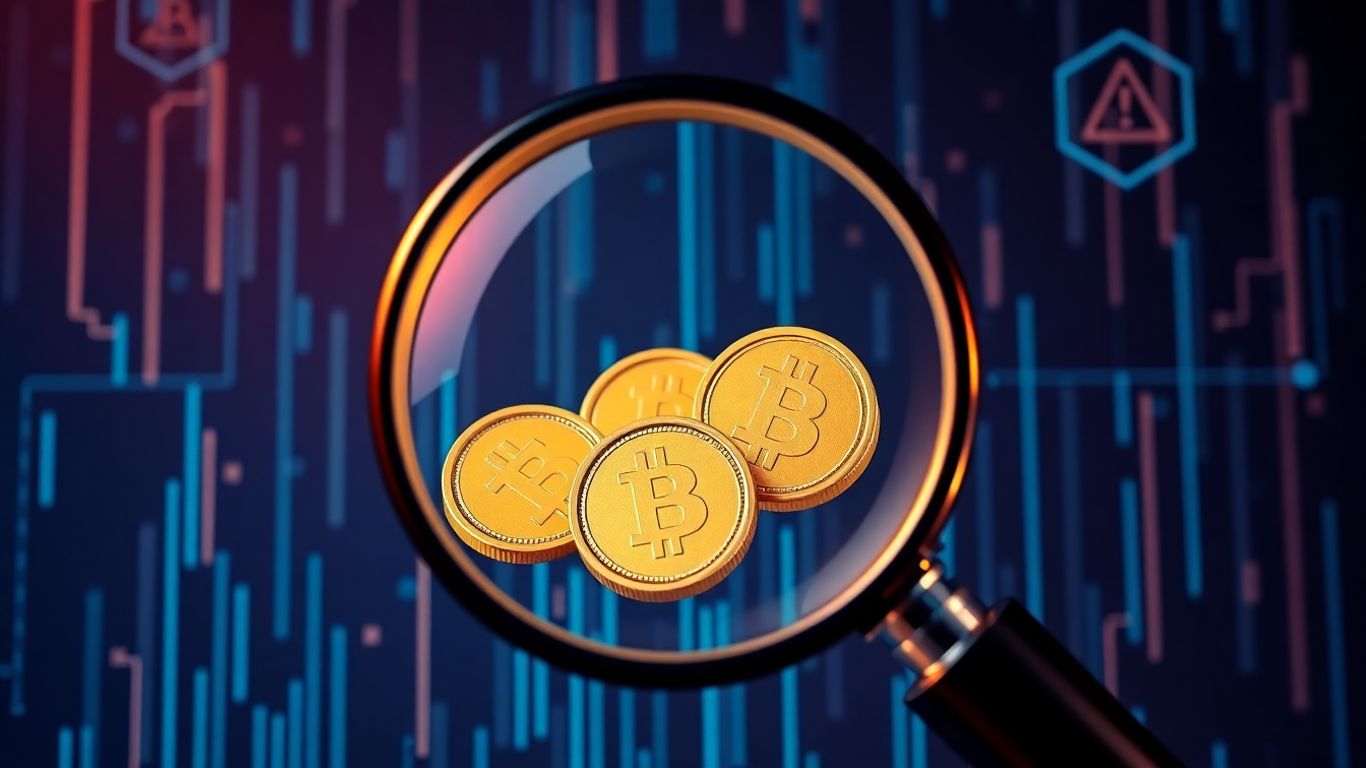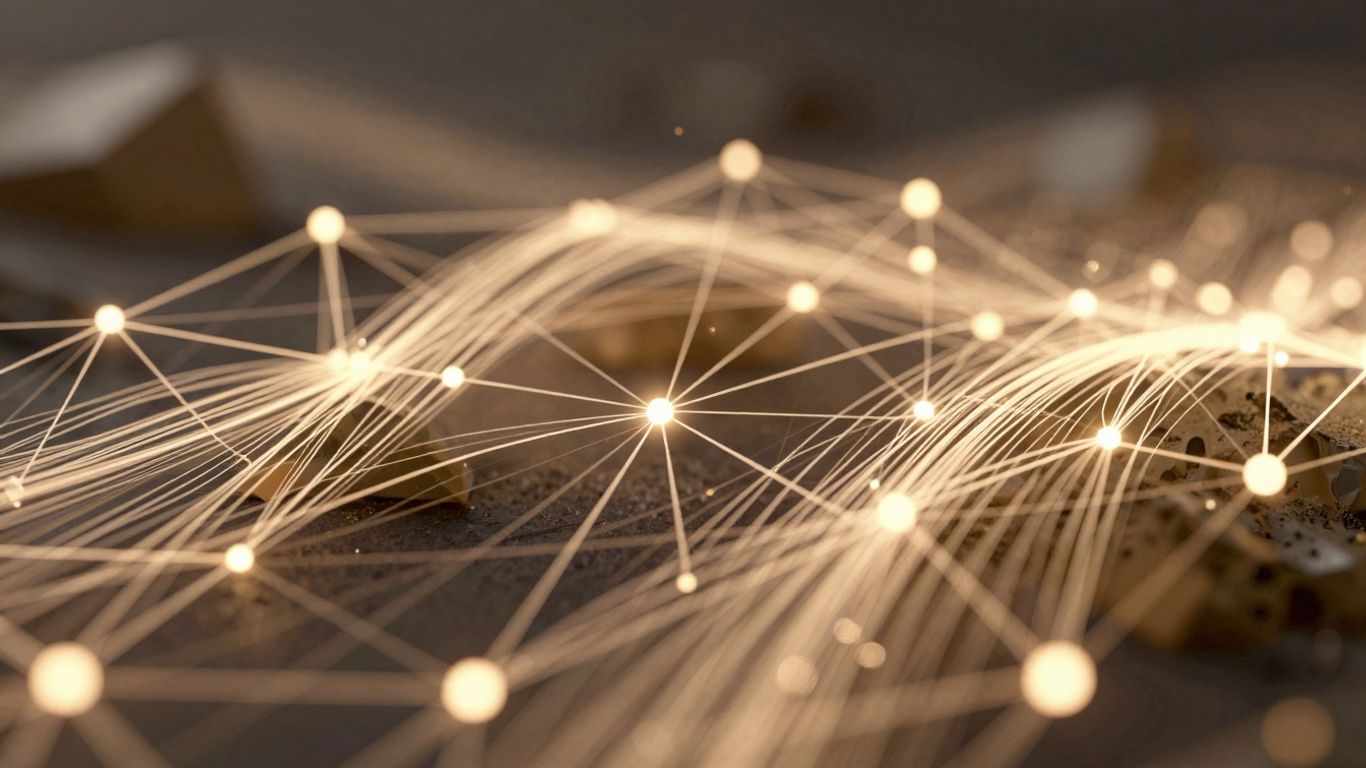[ newsletter ]
Stay ahead of Web3 threats—subscribe to our newsletter for the latest in blockchain security insights and updates.
Thank you! Your submission has been received!
Oops! Something went wrong. Please try again.
Learn how to use a rug checker in 2025 to spot and avoid crypto rug pulls. Boost your investment safety now.





Crypto can be pretty wild, especially with all the new projects popping up every day. One of the biggest risks out there is the rug pull, where developers just disappear with everyone’s money and leave investors holding worthless tokens. That’s why using a rug checker has become almost a must for anyone looking to invest in new coins or tokens. This article breaks down what rug pulls are, how rug checkers help you spot them, and how you can use these tools to keep your money safer in 2025.
Rug pulls are one of those things in crypto that sound almost cartoonish, but the damage they cause is very real. A rug pull happens when crypto developers suddenly drain a project's funds or abandon it altogether, leaving investors with tokens that are basically worthless. These scams have become a real problem, especially with how quickly anyone can launch a token these days.
Rug pulls tend to follow a few basic patterns, but they all aim for the same thing: separating investors from their money. Here are the main flavors:
Investing in crypto is risky, but there are some straightforward red flags you can look for. Watch out for:
A project that's all flash and no substance deserves special skepticism, especially in a market where scams evolve faster than most people can keep up.
There have been some headline-worthy rug pulls in the last year alone. Here are three that caught a lot of attention:
Over time, scammers get smarter, but the fundamentals of these scams barely change. Losing money to a rug pull is painful, but with a little vigilance, you can spot the warning signs and steer clear.
Rug checkers scan and assess new crypto projects to spot scams before you get caught up in the hype. These digital watchdogs use data straight from blockchains and smart contracts to highlight warning signs, helping users avoid losing their money to a sudden rug pull. Rug checkers aren't just about sniffing out trouble—they also offer straightforward reports so anyone can understand if a token looks safe or shady.
The best rug checkers provide automated analysis covering key risk factors for crypto tokens. Here are the primary tools and checks most offer:
These features help users spot crypto scams—even when everything else looks legit on the surface.
A major job for rug checkers is reviewing smart contracts for hidden dangers. Here’s what these tools look at:
Always review the contract’s permissions and recent changes on a scanner app before making any purchase. Even if a token is trending, there could be hidden risks buried in the code.
If you want to read about new machine learning tools helping with early scam detection, check out this overview of TON DEX scam detection.
Rug checkers paint a clear picture of who owns the token supply and whether there’s enough money in the pool for safe trading. Here are the common ways they do it:
A healthy, decentralized distribution and properly locked liquidity mean investors are less likely to be caught by surprise.
Remember: Rug checkers give you the facts, but you still need to make an informed decision. Use the reports as a starting point for your research—not your only step.
Rug pull scams continue to cause real damage in the crypto space, so picking the right rug checker tool matters more than ever. Different checkers cater to different needs, whether you're working with Solana or exploring multiple blockchains. Let’s get specific about what the major players are bringing to the table in 2025.
Rugcheck.xyz is built specifically for Solana. If you're focused only on Solana, it’s simple to use and covers the core checks that matter. Here’s what stands out about Rugcheck.xyz:
For Solana-only projects, the focused nature of Rugcheck.xyz keeps things straightforward—less noise and more relevant checks.
De.Fi Scanner serves users who want coverage beyond Solana, working across EVM chains like Ethereum, BNB, and Polygon. It brings more features and looks at different risk types:
Here's a quick comparison:
Automated tools provide quick insights, but manual checking fills in the gaps. When comparing these rug checkers, keep in mind:
Staying ahead in crypto means using every tool available, but trusting automated scanners alone is risky. Combine both types of checks to keep your funds safer in 2025.
If you’re new to rug checkers, figuring out how to use them the right way can make all the difference in spotting a risky crypto token before you put your money on the line. Rug checkers scan tokens for danger signs and help you decide if a project might go south. Here's how to approach it in a practical, no-nonsense way:
Before anything else, you need the exact token address. Here’s what to do:
A rug checker spits out an automated report, filled with technical details, quick warnings, and risk labels. Here's what to look out for:
Be careful with tokens that show more than one serious warning. No green flag means “safe”—it just means less risky according to the tool’s checklist.
After reading the report, don’t just jump in—or out—based on one tool. Smart next moves:
Sometimes a project might look solid on paper, but the fastest rug pulls often happen where people are most hungry for quick profits. Don’t trade just on green lights; double check the basics—much like marking out your rug size for the living room before buying, double-check details before committing funds.

One of the clearest warning signs is when a crypto project hides behind anonymous or untraceable developers. A credible team usually provides full names, links to professional profiles like LinkedIn, and public engagement through interviews or AMAs. When this level of openness is missing, that's a big red flag. Take a few minutes to research the past work and public presence of project leads. If all you find are vague bios or recycled avatars, walk away.
Promises of guaranteed profits or speedy 10x returns flood the crypto space, especially on social media. Scammers use over-the-top claims and aggressive marketing to create urgency and FOMO. If a project urges you to "invest now before it’s too late" or claims "no risk," consider that a warning. Good projects lay out realistic expectations, timelines, and risks—no project can promise constant outsized gains.
Taking a break instead of making a rushed purchase can reveal a lot. If a project is pressuring you to move fast, that’s usually reason enough to slow down.
Solid projects generally undergo thorough security audits and lock their liquidity. An audit report from a reputable firm allows the community to check that no sneaky backdoors exist in the code. Be sure to look for published audit results—don’t just trust screenshots or generic claims on the website. Liquidity should also be locked using third-party services, meaning developers can’t suddenly drain the pool.
Following these steps can seriously reduce your risk of landing in a rug pull. Technology helps, but careful human judgment is still your best defense.

Crypto rug checker tools are super helpful, but they’re not silver bullets. It’s important to understand where these tools fall short, so you don’t end up with a false sense of security. No matter the technology, scams keep getting sneakier, and every investor still needs to use some good old-fashioned caution.
Even as tools catch up, scammers are usually a step ahead, so keeping yourself informed is key to staying safe in crypto.
Here are some steps you can take to go beyond the checker’s report:
Bottom line: A rug checker is a great first step, but not a guarantee. Staying humble, skeptical, and continuously learning offers the best protection in crypto.
So, that's the gist of it. Rug pulls are still a big problem in crypto, and scammers are always coming up with new tricks. But you don’t have to be a victim. Using tools like Rugcheck.xyz or De.Fi Scanner can help you spot the warning signs before you put your money in. Of course, no tool is perfect—sometimes things slip through the cracks. That’s why it’s smart to double-check everything, ask questions, and never rush into an investment just because it’s hyped up on social media. If something feels off, trust your gut. Keep learning, stay cautious, and remember: it’s your money on the line. A little extra effort now can save you a lot of headaches later.
A rug pull is a type of scam in the crypto world where the people who created a token or project suddenly take away all the money and disappear. This leaves investors with worthless tokens and no way to get their money back.
A rug checker is a tool that looks at important details about a crypto token, like who owns it, how the tokens are spread out, and if the money is locked up safely. It helps you spot red flags before you invest, making it easier to avoid scams.
No, rug checkers are helpful, but they can't promise that a project is 100% safe. Scammers are always coming up with new tricks, so you should use a rug checker along with your own research and common sense.
Some warning signs include anonymous developers, promises of huge profits with no risk, no proof of security checks, and no locked liquidity. If a project is being pushed really hard on social media or by celebrities, that's also a reason to be careful.
Yes, there are a few types. Some involve the creators selling all their tokens at once (called dumping), some remove all the money from the project (liquidity pulls), and some make it so only the creators can sell their tokens (sell limit scams).
If you think you were scammed, report it to the crypto community and any official groups that track scams. You can also talk to others who were affected to see if you can work together. Sadly, it's hard to get your money back, but reporting helps others stay safe.


